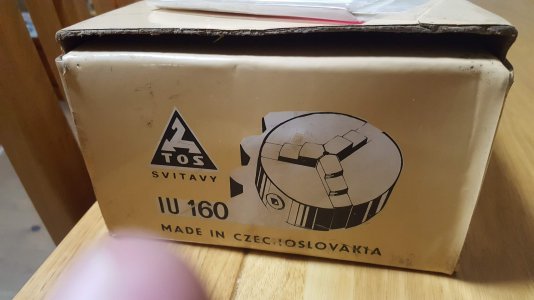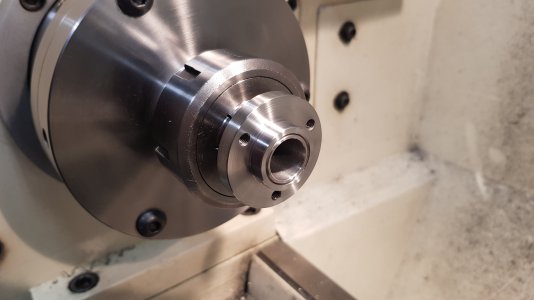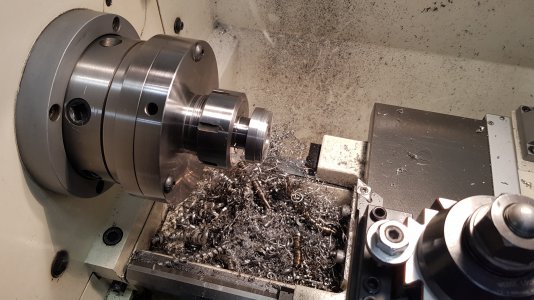- Joined
- Oct 30, 2016
- Messages
- 155
I was lucky enough to be given an unused IU 160mm diameter TOS chuck that needs a D1-4 backing plate to fit my lathe. According to the signed inspectors specifications the chuck has a TIR of ~ .03MM - approx .001".
So, my question. The chuck has a register that will need the backing plate to be turned down to fit the register. Should I turn the register to fit with no play. Or should I make it say .001" smaller so that I have to ability to possibly eliminate the TIR of ~ 0.03mm or .001"?

So, my question. The chuck has a register that will need the backing plate to be turned down to fit the register. Should I turn the register to fit with no play. Or should I make it say .001" smaller so that I have to ability to possibly eliminate the TIR of ~ 0.03mm or .001"?

Last edited:




